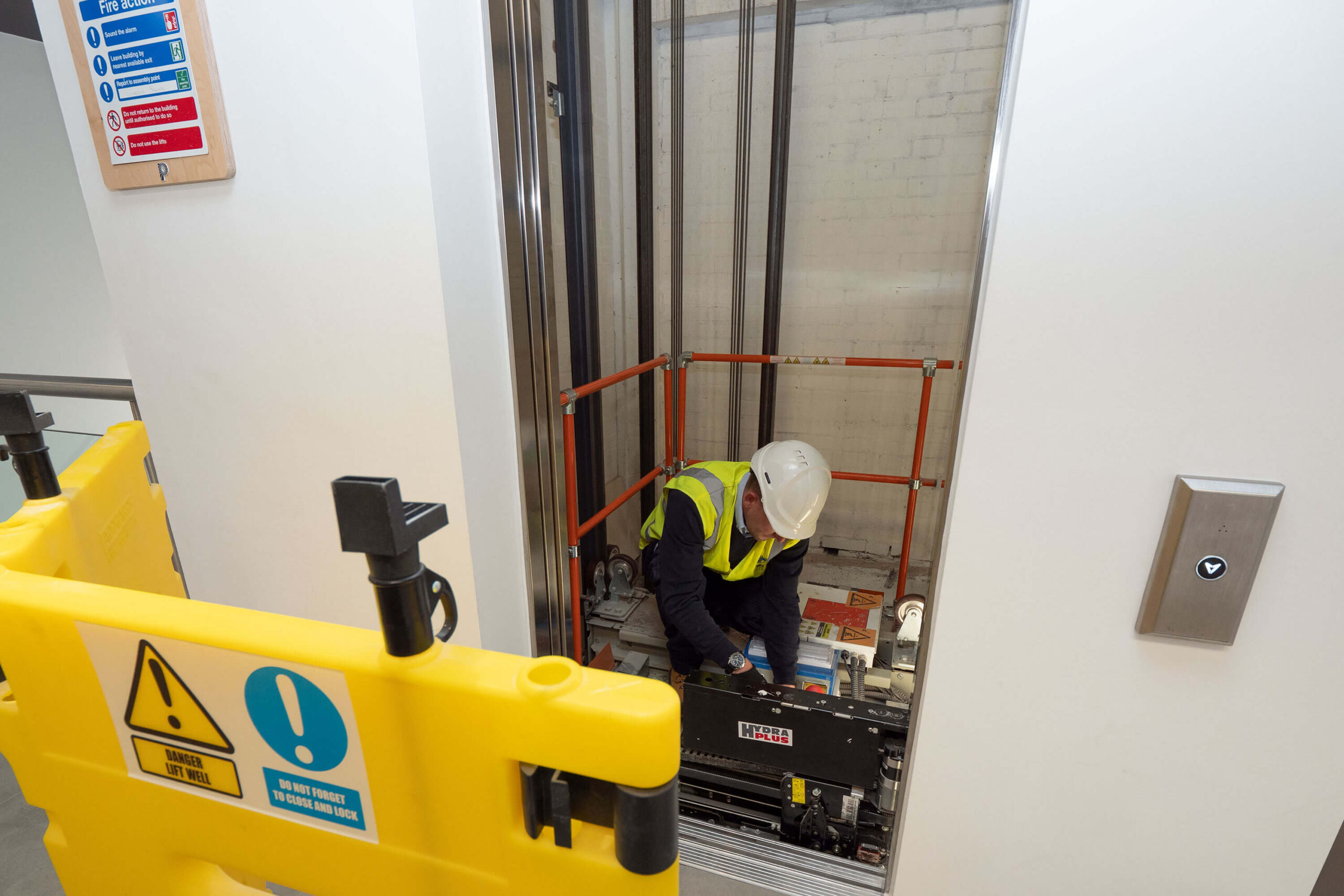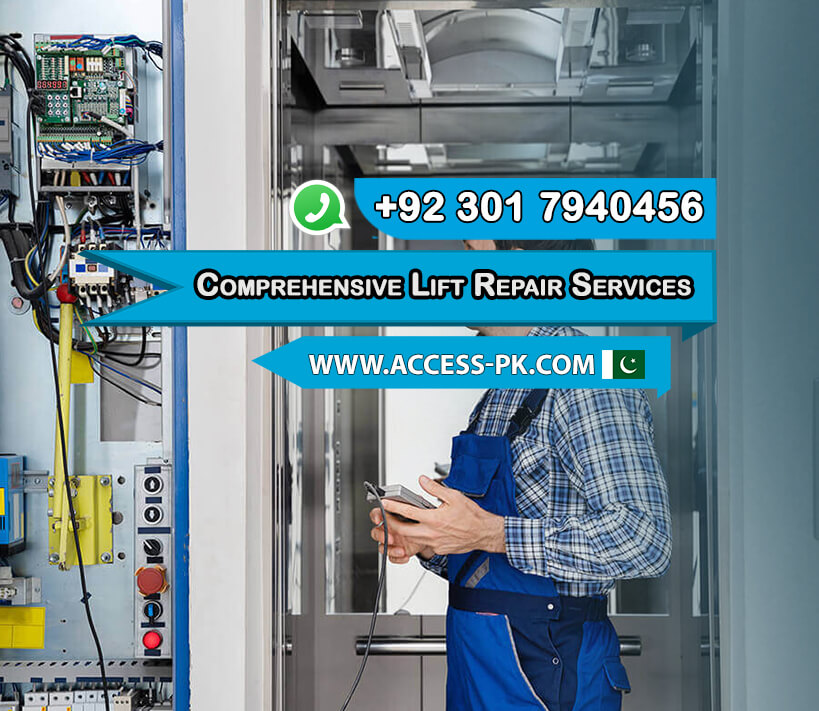Expert Lift Engineer Course: Educating for Top Lift Repair Companies Near Me
Wiki Article
Comprehensive Guide to Lift Solutions and Their Upkeep
Browsing the intricate globe of lift systems and their maintenance is a task that requires accuracy and knowledge. From the different types of elevator systems in usage to the thorough adherence to security regulations, the maintenance of these upright transport tools is a diverse endeavor.Sorts Of Lift Equipments
The most typical kinds consist of hydraulic elevators, grip lifts, machine-room-less elevators, and vacuum elevators. Hydraulic elevators are excellent for low-rise buildings and make use of a hydraulic piston to relocate the elevator car. Machine-room-less lifts are a space-saving choice as they do not require a different equipment area for the elevator equipment.Each sort of lift system has its very own benefits and disadvantages, making it vital for structure owners and designers to very carefully consider their specific demands before selecting one of the most ideal alternative. Variables such as developing elevation, area schedule, power performance, and budget plan restraints all play a significant role in figuring out the ideal lift system for a specific structure.
Typical Maintenance Issues
Regular maintenance of lift systems is important to make sure smooth operation and prolong their life expectancy. Regardless of normal upkeep, elevator systems can still run into typical upkeep problems that need to be immediately addressed to avoid disruptions in solution. One of one of the most constant issues is door breakdowns. Elevator doors may obtain misaligned, leading to problems with opening and closing correctly. This can trigger delays and security hazards, calling for instant interest from maintenance service technicians. An additional typical problem is associated with the lift's leveling accuracy. If the lift does not align appropriately with the floorings, guests might experience tripping risks and pain. Additionally, concerns with the control system, such as sensor troubles or electric issues, can create the lift to breakdown or quit working altogether. Regular evaluations and positive maintenance can help determine and resolve these common upkeep issues prior to they rise and influence the total efficiency of the elevator system.
Security Laws and Conformity
Abiding by rigorous safety policies and making sure compliance with sector standards are critical for keeping the operational integrity of elevator systems. Lifts go through a detailed collection of safety and security regulations to guard passengers, upkeep personnel, and the public. Governing bodies such as the Occupational Safety And Security and Health Management (OSHA) in the United States and the European Lift Organization (ELA) in Europe establish standards that cover various elements of elevator style, operation, upkeep, and installation.Compliance with these laws is not only a legal need but additionally a moral obligation for structure proprietors and elevator upkeep companies. Routine examinations, upkeep checks, and adherence to safety procedures laid out in the guidelines are necessary to ensure the reliable and safe operation of elevator systems.
Best Practices for Maintenance

Structure proprietors need to also take into consideration investing in modernization upgrades to improve the efficiency and safety and security of their lift systems. By following these ideal practices, elevator systems can run smoothly and safely, providing dependable upright transport for residents.

Advanced Technologies for Effectiveness
Carrying out advanced innovations in lift systems can considerably enhance operational performance and traveler experience. lift repair companies near me. Among the essential improvements in elevator innovation is the introduction of location control systems. These systems enable passengers to input their desired flooring prior to entering the elevator, which then guides them to the most reliable car. By reducing unnecessary quits and enhancing travel paths, destination control systems decrease wait times and congestion in high-traffic buildings.Furthermore, the integration of smart sensing units and predictive maintenance abilities has revolutionized lift upkeep. These Home Page sensing units can identify prospective issues before they escalate, making it possible for aggressive upkeep interventions and reducing downtime. Additionally, using energy-efficient parts and regenerative drives aids decrease power consumption and operating expense in lift systems.
Furthermore, the implementation of cloud-based monitoring and remote diagnostics permits real-time tracking of elevator performance and immediate troubleshooting of any malfunctions. This aggressive method not just improves system dependability however likewise improves the general individual experience by making certain smooth and undisturbed lift procedures.
Conclusion
To conclude, comprehending the different types of elevator systems, usual maintenance concerns, security guidelines, finest maintenance have a peek at this website practices, and advanced technologies for efficiency is important for ensuring the smooth operation of elevators. By sticking to safety and security policies and carrying out ideal methods for maintenance, building proprietors can prolong the lifespan of their elevator systems and make sure the safety and security of travelers. It is very important to published here stay updated on the most up to date improvements in lift modern technology to improve effectiveness and integrity.The most common types consist of hydraulic elevators, traction elevators, machine-room-less lifts, and vacuum lifts. Hydraulic lifts are optimal for low-rise buildings and utilize a hydraulic piston to relocate the lift vehicle. Machine-room-less elevators are a space-saving alternative as they do not need a separate equipment room for the elevator equipment. Routine examinations and aggressive maintenance can help identify and fix these common upkeep issues prior to they intensify and affect the total performance of the elevator system.

Report this wiki page